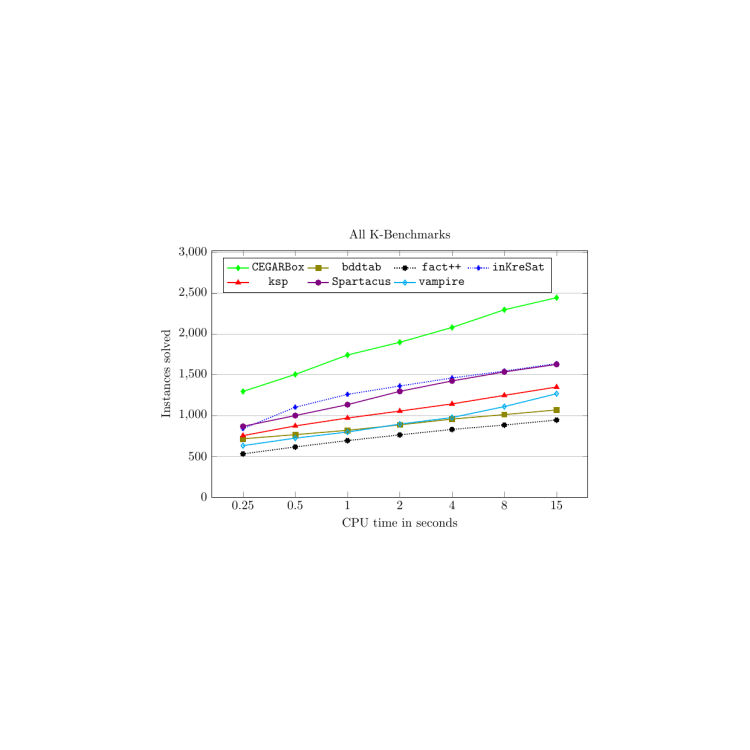This scholarship opportunity is open to domestic applicants who identify as Aboriginal or Torres Strait Islander.
Research projects in Information Technology
Displaying 21 - 30 of 202 projects.
Explainability of Reinforcement Learning Policies for Human-Robot Interaction
This PhD project will investigate the explainability of reinforcement learning (RL) policies in the context of human-robot interaction (HRI), aiming to bridge the gap between advanced RL decision-making and human trust, understanding, and collaboration. The research will critically evaluate and extend state-of-the-art explainability methods for RL, such as policy summarization, counterfactual reasoning, and interpretable model approximations, to make robot decision processes more transparent and intuitive.
Decision AI for biodiversity
Adaptive sequential decisions to maximise information gain and biodiversity outcomes
Development of a GIS-Based Model for Active Citizenry
Development of a GIS-Based Model for Active Citizenry
Street-Level Environment Recognition On Moving Resource-Constrained Devices
Street-Level Environment Recognition On Moving Resource-Constrained Devices
Explainability and Compact representation of K-MDPs
Markov Decision Processes (MDPs) are frameworks used to model decision-making in situations where outcomes are partly random and partly under the control of a decision maker. While small MDPs are inherently interpretable for people, MDPs with thousands of states are difficult to understand by humans. The K-MDP problem is the problem of finding the best MDP with, at most, K states by leveraging state abstraction approaches to aggregate states into sub-groups. The aim of this project is to measure and improve the interpretability of K-MDP approaches using state-of-the-art XAI approaches.
Creating a 21st Century Helpline for Enhanced Support and Continuity of Care
Turning Point is a renowned addiction treatment and research centre specialising in the prevention, treatment, and support services for individuals affected by substance use disorders, gambling addiction, and mental health issues. Turning Point operates a network of 26 helplines across the country, ensuring accessible and immediate support for individuals in need. These helplines serve as a vital resource for individuals seeking assistance, information, and guidance related to addiction and mental health concerns.
Formally Verified Automated Reasoning in Non-Classical Logics
Classical propositional logic (CPL) captures our basic understanding of the linguistic connectives “and”, “or” and “not”. It also provides a very good basis for digital circuits. But it does not account for more sophisticated linguistic notions such as “always”, “possibly”, “believed” or “knows”. Philosophers therefore invented many different non-classical logics which extend CPL with further operators for these notions.
Efficient CEGAR-tableaux for Non-classical Logics
Classical propositional logic (CPL) captures our basic understanding of the linguistic connectives “and”, “or” and “not”. It also provides a very good basis for digital circuits. But it does not account for more sophisticated linguistic notions such as “always”, “possibly”, “believed” or “knows”. Philosophers therefore invented many different non-classical logics which extend CPL with further operators for these notions.
NeuroDistSys (NDS): Optimized Distributed Training and Inference on Large-Scale Distributed Systems
In NeuroDistSys (NDS): Optimized Distributed Training and Inference on Large-Scale Distributed Systems, we aim to design and implement cutting-edge techniques to optimize the training and inference of Machine Learning (ML) models across large-scale distributed systems. Leveraging advanced AI and distributed computing strategies, this project focuses on deploying ML models on real-world distributed infrastructures, improving system performance, scalability, and efficiency by optimizing resource usage (e.g., GPUs, CPUs, energy consumption).


